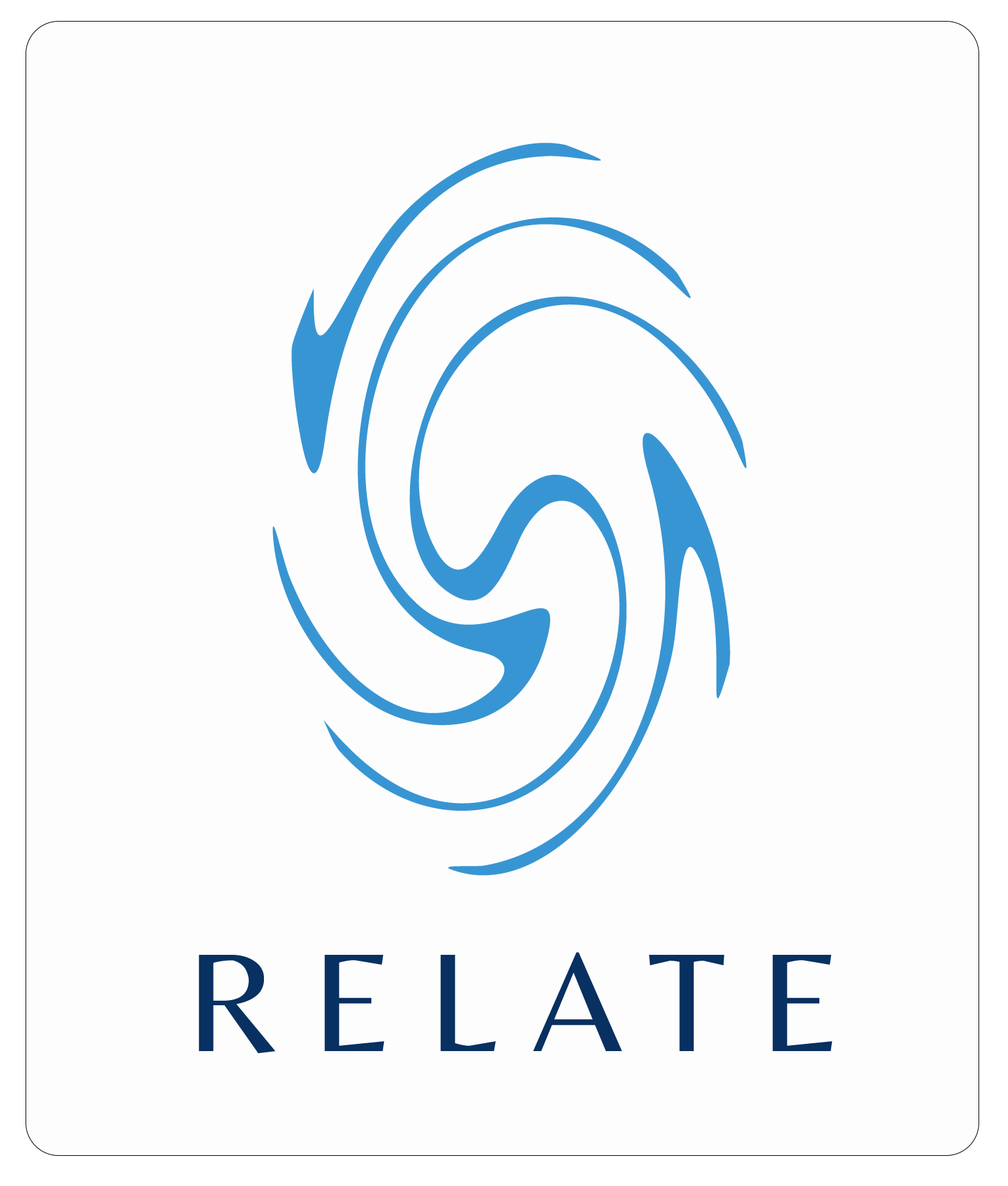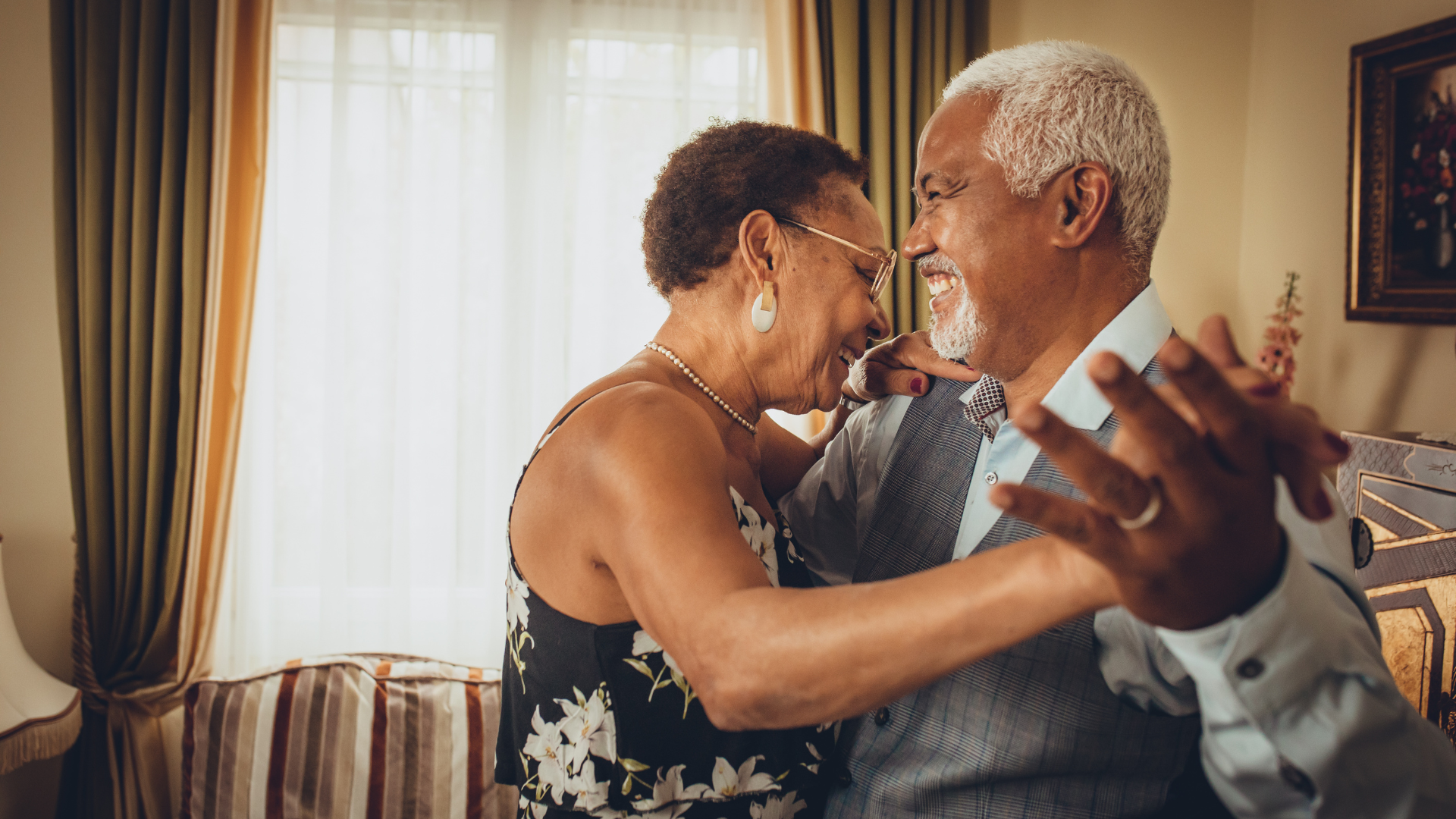Turn Talking into Healing: Why Active Listening Can Save Your Marriage
You’ve probably heard it before—“Just listen to each other!” But if it were that easy, you wouldn’t still be having the same fight about who forgot to do the dishes or why you feel unappreciated.
Active listening is not just about nodding along while your partner vents. It’s a skill. And for many couples, it’s the one skill that transforms conversations from conflict zones into connection points. Active listening is one of the most powerful tools in communication and conflict resolution—especially when your goal is to repair trust and restore connection.
This blog will show you the science, psychology, and practical application of active listening—especially when you and your partner are in the heat of a disagreement. We’ll also explore how men and women often need to be listened to differently and why that matters more than you think.
The Big Mistake: “Fixing” Before You’ve Heard
Let’s be honest. How many of us, when faced with a distressed partner, jump straight into problem-solving mode?
This is particularly common among men—not because they don’t care, but because their brains are literally wired to help. The Temporal Parietal Junction (TPJ), the part of the brain involved in logical triage and solution-focused thinking, lights up as they gather data and prepare action steps.
Here’s the catch: Jumping into fixing mode too quickly short-circuits connection—especially if your partner wants empathy, not solutions.
Empathy vs. Validation: Two Listening Languages
Here’s where it gets fascinating—and a bit controversial.
What most women need first: Empathy
Empathy is a limbic, right-brain response—an emotional resonance. It's not about solving. It's about feeling with. This is what we see in action when someone says:
“That sounds so tough.”
It activates what neuroscientists call the mirror neuron network—the system in the brain that helps us feel what someone else is feeling. (You can read more about mirror neurons in this Scientific American article).
If a woman feels this kind of resonance, she often becomes more receptive to suggestions. But without it? Advice just feels cold.
What most men need first: Validation
Validation is a left-brain, cortical response. It’s about logic and recognition—not necessarily agreement.
It says:
“You make sense. You’re not crazy. I get why you think that.”
And when a man feels validated, he’s far more open to receiving empathy. That’s when connection happens.
Key Principle:
Men need Validation → then Empathy
Women need Empathy → then (maybe) Solutions
Why the Brain Makes Listening So Gendered
Here’s a geeky but important brain fact:
Women have up to 80% more connections across the corpus callosum—the bridge between the right (emotional) and left (logical) hemispheres. (Read more at the National Library of Medicine)
This means women can jump between logic and emotion faster. Men tend to do one at a time—logic first, emotion later (if ever).
So when a man shares something and hears:
“Wow, that must have felt humiliating...”
He may clam up. Not because he’s emotionally shallow—but because his brain isn't there yet. He's still sorting data in the Temporal Parietal Junction, trying to stay logical to avoid emotional overload.
How to Listen to Men: The Validation First Approach
Let’s paint a picture.
He comes home, says he’s had a shocker of a day at work. The boss was a jerk, the pressure was insane, and he mumbles something about “quitting everything and moving to Alaska”.
Common response:
“You don’t mean that. You’re just emotional.”
Non-confrontational, validating response:
“That makes total sense. Of course you’d want to escape after a day like that.”
You’re not agreeing to live in an igloo. You’re simply saying “your reaction makes sense to me.”
Men find this incredibly soothing. They’ll often open up more, feel safer, and eventually, be more emotionally available.
How to Listen to Women: Mirror Neuron Empathy
Imagine she’s telling you about a conflict with a co-worker that left her feeling undermined.
Common response:
“You should talk to HR.”
Empathic, resonant response:
“That sounds so frustrating. I’d be upset too if I were in your shoes.”
That’s empathy. She feels seen, heard, and emotionally supported. Only after that might she be ready for ideas or solutions.
Want to dive deeper into this? Pat Love’s book How to Improve Your Marriage Without Talking About It offers a brilliant breakdown of these dynamics.
Understanding the Two Empathy Networks
Mirror Neuron Network – Feels what others feel. Think: watching someone get hurt and physically cringing.
TPJ (Temporal Parietal Junction) – Gathers data to solve problems. Think: firefighter arriving at a crash site, assessing what to do.
Men are socialised more toward TPJ-based empathy. So when they offer help, they are being empathetic—in their language.
If their help is rejected, they often feel attacked or useless. That’s why they withdraw.
The Fix? Learn to Ask for the Empathy You Want
Instead of guessing what kind of listening your partner needs, try this:
“I’d love to share something. What I need is for you to just listen and try to feel what it’s like to be me right now.”
Or:
“Would it help you if I just listened, or are you wanting some input too?”
You’re giving your partner a clear roadmap to succeed—and removing the emotional landmines from the conversation. Learn more about empathy from Greater Good.
Bonus Tip: Reward the Attempt
Humans are reinforcement machines. If your partner gets it even 30% right, affirm it.
“Thanks for listening without jumping in—that made me feel really understood.”
The more success they feel, the more likely they are to keep showing up.
So What Is Active Listening, Really?
Active listening isn’t just waiting quietly for your turn to talk. It involves:
- Full Attention – No phones, no distractions.
- Reflective Language – “What I hear you saying is…”
- Validation – “That makes sense to me.”
- Empathy (if welcomed) – “That must have felt awful.”
- Clarification – “Can I check I understood that right?”
Real Life Example: The Power of One Sentence
In couples therapy, we often teach women to say to their partner:
“I listened carefully to you. What you said makes sense to me.”
Sounds simple, right?
But you’d be shocked how often men tear up or exhale deeply when they hear this.
Because suddenly, they’re not alone. They’re understood.
And in that moment? Conflict melts. Connection begins.
Practice This Week: Validation First
Try this in your next conversation:
- Listen without interrupting.
- Nod, show physical engagement.
- Reflect and say the words: “That makes sense.”
Don’t explain, fix, or analyse—just validate.
You might notice your partner starts talking more, opening up in ways you’ve been craving.
The Long-Term Payoff: Emotional Safety and Trust
Practising active listening doesn’t just stop fights—it builds emotional intimacy.
✅ You create a safe space for honesty.
✅ You learn each other’s internal worlds.
✅ You grow as teammates, not adversaries.
This is the foundation for a thriving marriage—not just a functional one.
Want to Learn More?
Check out our self-paced course: Communication Course for Couples and Marriages
Learn step-by-step how to:
- Practise active listening
- Use non-confrontational communication
- Build trust through empathy and validation
💬 Prefer something more personal?
Work 1:1 with a therapist from our trusted Relate Team.
Whether you're in crisis or just want to strengthen your connection, we’re here to help.
Final Thought: Listening Isn’t Just a Skill. It’s a Gift.
When you listen actively and intentionally, you offer your partner the greatest form of love:
“I see you. I hear you. I get you.”
And in a world full of distraction, being truly heard can be the most healing thing of all.







